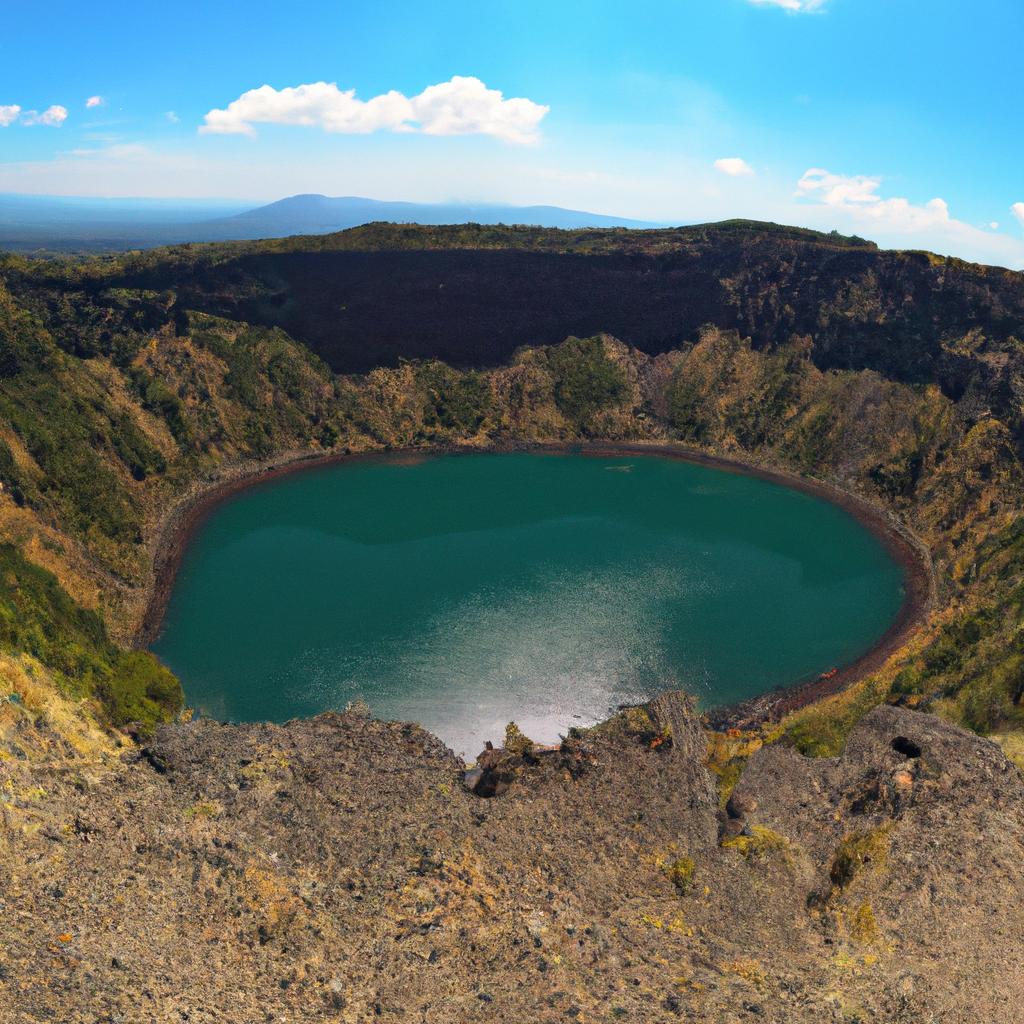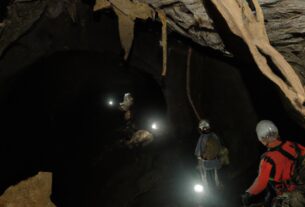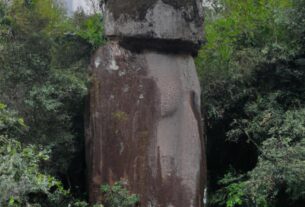Volcano pools, created by volcanic or hydrothermal activity, are among nature’s most awe-inspiring wonders. These pools, found in volcanic areas, boast unique characteristics such as color, temperature, and chemical composition. From crater lakes to hot springs, fumaroles, and geysers, volcano pools offer a diverse range of experiences for nature enthusiasts and adventure seekers. In this article, we will delve into the different types of volcano pools, their formation, features, tourism and recreation, and conservation efforts.
Types of Volcano Pools
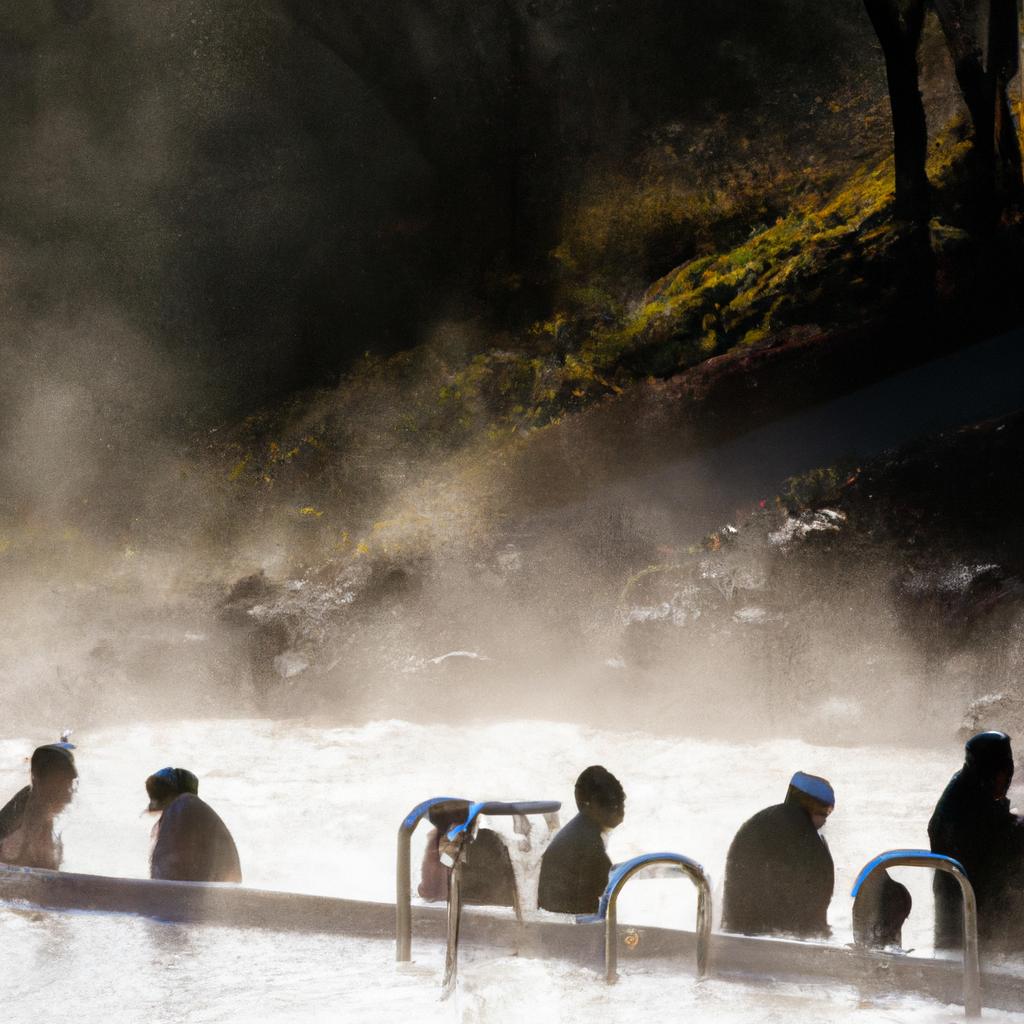
Volcano pools can be categorized into four main types: crater lakes, hot springs, fumaroles, and geysers. Each type carries distinctive features and offers a unique experience to visitors.
Crater Lakes
Crater lakes form within the caldera of a volcano, filling up with water. The water in these lakes can range from acidic to alkaline, with colors varying from blue to green, depending on the minerals present. Lake Taupo in New Zealand, Lake Toba in Indonesia, and Lake Yellowstone in the USA are some of the most renowned examples of crater lakes.
Hot Springs
Hot springs emerge when groundwater is heated by magma or hot rocks and rises to the surface. Some hot springs can reach temperatures as high as 90°C and contain minerals like sulfur, calcium, and magnesium. These springs are sought after for their therapeutic properties and are ideal destinations for relaxation and rejuvenation. The Blue Lagoon in Iceland, Pamukkale in Turkey, and Banff Upper Hot Springs in Canada rank among the world’s most famous hot springs.
Stay tuned for the following sections, where we will explore the formation of volcano pools and their unique features.
Formation of Volcano Pools
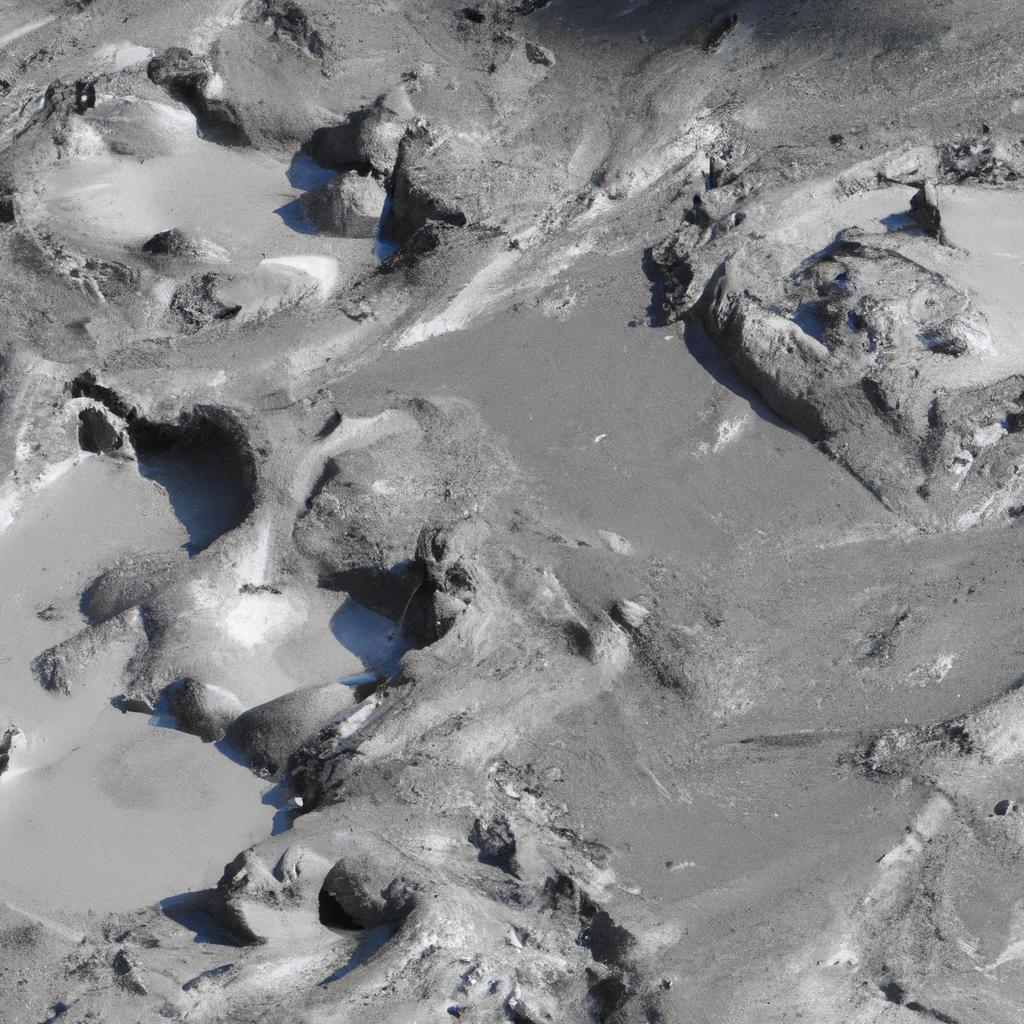
Volcano pools develop through various geological processes occurring in volcanic regions. The three main processes contributing to their formation are volcanic activity, hydrothermal activity, and groundwater discharge.
Volcanic Activity
Volcanic activity leads to the creation of crater lakes within a volcano’s caldera. When a volcano erupts, it can leave behind a depression that gradually fills with water, forming a crater lake. The color and chemical composition of the lake depend on the minerals present. Additionally, the heat generated by volcanic activity contributes to the formation of hot springs.
Hydrothermal Activity
Hydrothermal activity occurs when groundwater is heated by magma or hot rocks and ascends to the surface. The resulting pools contain hot water enriched with minerals, such as sulfur, calcium, and magnesium. Hydrothermal activity fosters the formation of hot springs, fumaroles, and geysers.
Groundwater Discharge
Groundwater discharge happens when surface water infiltrates and is heated by magma or hot rocks. The heated water then rises, forming hot springs. Groundwater discharge also leads to the emergence of fumaroles, openings in the ground that release steam and other gases.
Features of Volcano Pools
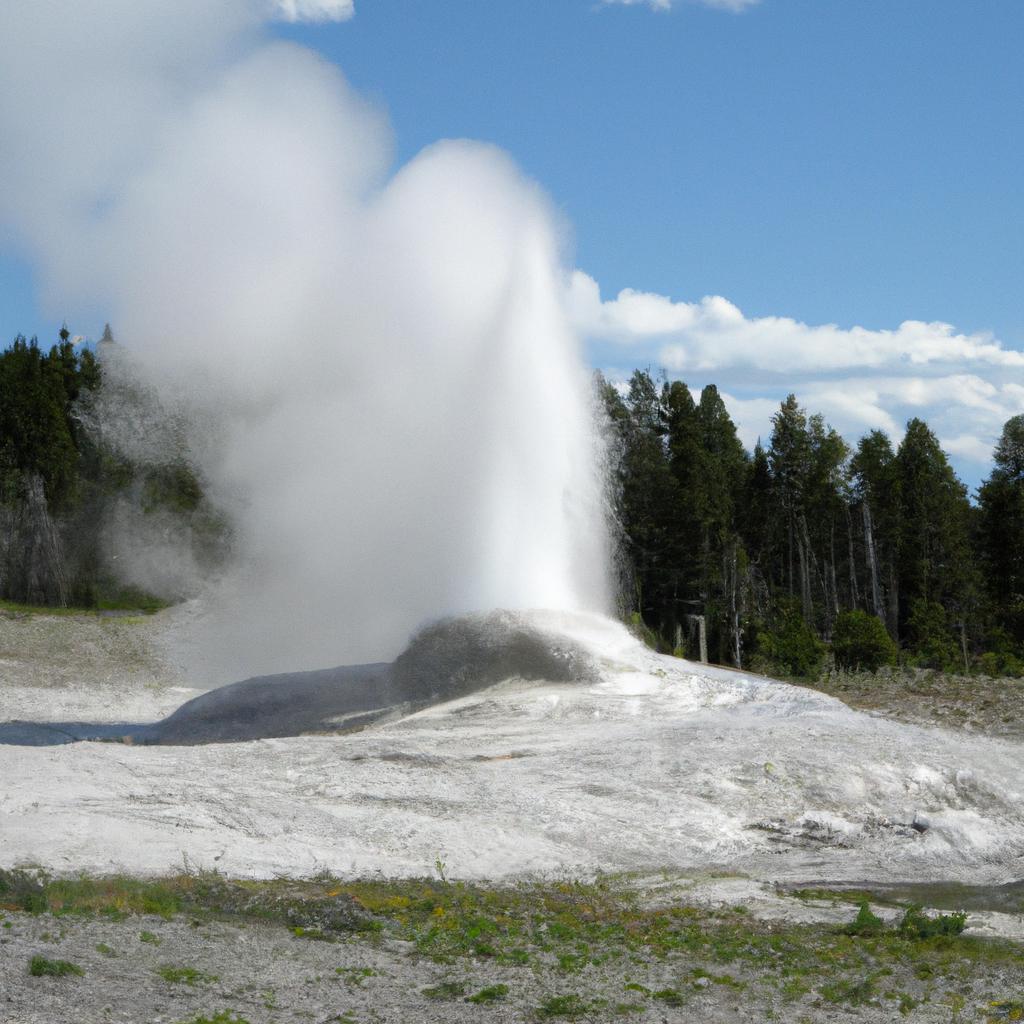
Volcano pools are renowned for their distinctive features, attracting nature lovers and adventure enthusiasts alike. Their unique qualities include:
Color and Temperature
The color of volcano pool water varies depending on the minerals present. Moreover, the temperature ranges from scorching hot to lukewarm, offering a diverse range of thermal experiences.
Chemical Composition
Volcano pool water is rich in minerals such as sulfur, calcium, and magnesium. These minerals possess therapeutic properties that make the pools beneficial for health and healing.
Surrounding Environment
Volcano pools are often situated in picturesque areas, surrounded by breathtaking landscapes and distinctive rock formations. The surrounding environment enhances the overall experience of visiting volcano pools.
Unique Characteristics
Every volcano pool exhibits unique characteristics that set it apart from others. Some pools may have high salt content, while others may be rich in sulfur. These distinct traits make each pool an exciting adventure to explore.
Stay tuned for the upcoming sections about tourism and recreation, as well as conservation and preservation efforts.
Tourism and Recreation
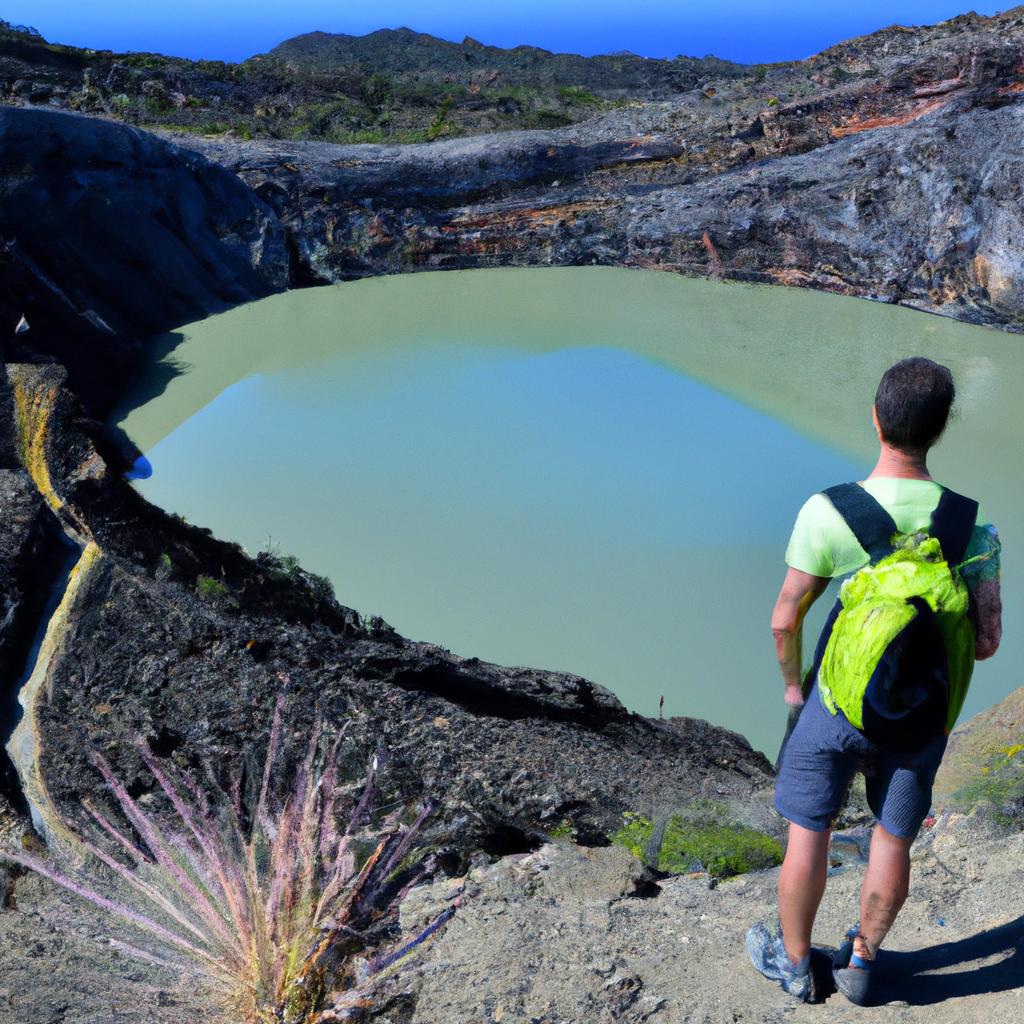
Volcano pools have become popular tourist destinations, offering both adventure and relaxation. With their exceptional features, these pools provide visitors with unforgettable experiences. Let’s explore some of the popular volcano pool destinations worldwide.
Popular Destinations
Yellowstone National Park in the USA is renowned for its volcano pools, including geysers, hot springs, and mud pots, with the famous Old Faithful geyser being a highlight. Rotorua in New Zealand is another popular destination, well-known for its bubbling mud pools, hot springs, and geysers. Iceland also boasts several volcano pool attractions, such as the Blue Lagoon, as well as numerous hot springs and geysers.
Activities
Visitors can engage in various activities depending on the type of volcano pool they encounter. Hot springs are ideal for relaxation and soaking, while geysers offer captivating natural eruptions. Exploring crater lakes through hiking or taking boat rides is equally enchanting. However, it’s essential to consult local authorities for safety guidelines and regulations before engaging in any activity.
Safety Precautions
Volcano pools can be hazardous without proper precautions. Visitors should adhere to safety guidelines, staying on marked paths, refraining from touching the water, and avoiding areas with visible signs of danger. Familiarizing oneself with emergency procedures in case of an eruption or other natural disasters is crucial.
Conservation and Preservation
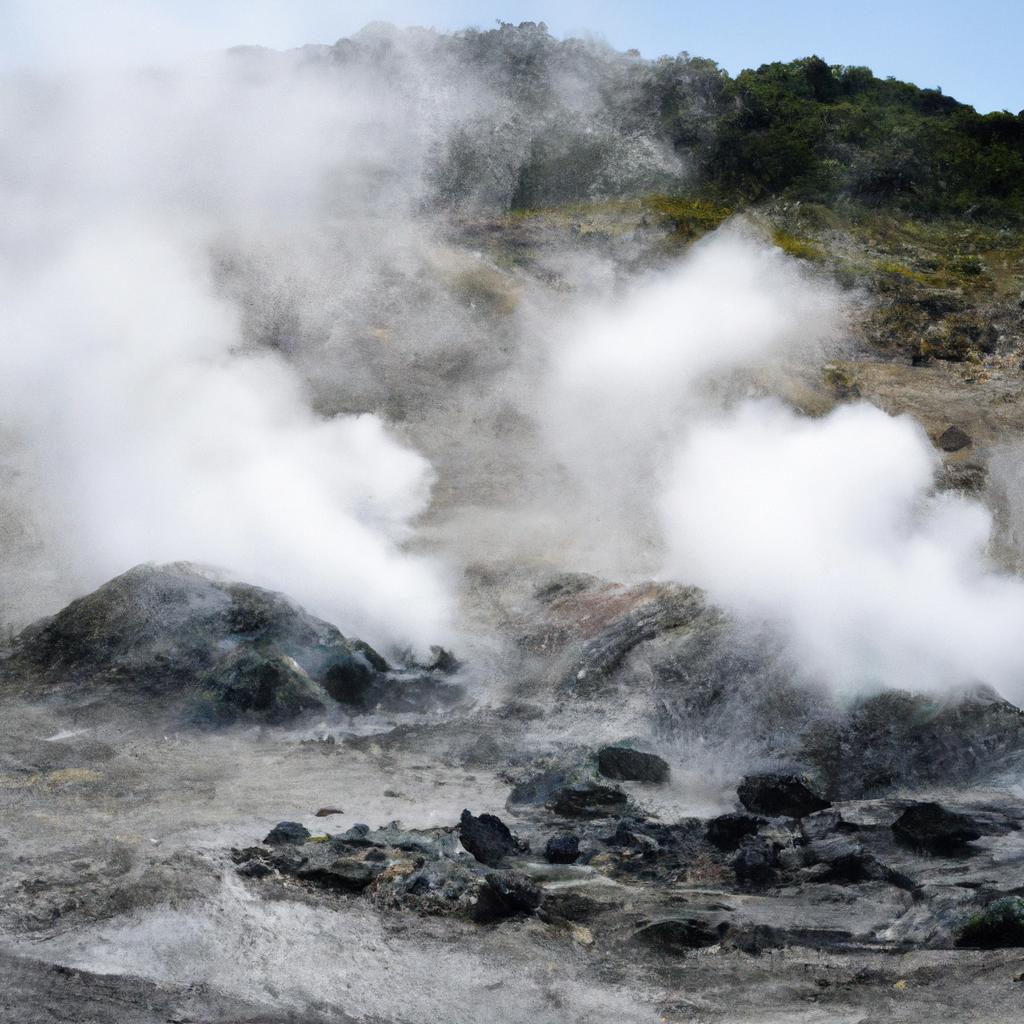
Volcano pools are fragile ecosystems that necessitate conservation and preservation efforts to safeguard them from human activities and natural calamities.
Threats to Volcano Pools
Human activities, such as pollution and development, pose substantial threats to volcano pools. Discharging wastewater and chemicals into these pools can alter their chemical composition, impacting the ecosystem. Natural disasters like earthquakes and volcanic eruptions can also damage or destroy the pools.
Conservation Efforts
Numerous organizations and governments worldwide are dedicated to conserving and preserving volcano pools. Conservation efforts involve monitoring and regulating human activities, educating visitors, and restoring damaged pools. Preserving volcano pools is paramount in maintaining their unique features and ecosystems for future generations’ enjoyment.
Importance of Preserving Volcano Pools
Volcano pools are not merely natural wonders; they also provide significant ecological, cultural, and economic benefits. They sustain a diverse range of plant and animal species, offer natural resources, and promote tourism and recreational activities. Preserving volcano pools is crucial for their natural beauty, ecological value, and cultural significance. It’s vital to acknowledge the importance of preserving these natural wonders and adopt sustainable practices to conserve them for future generations.
In conclusion, volcano pools stand as remarkable natural wonders, offering visitors worldwide a unique and unforgettable experience. While these pools possess delicate ecosystems, their conservation and preservation ensure their protection and availability for generations to come. TooLack encourages everyone to appreciate and respect the natural beauty of volcano pools, embracing sustainable practices to conserve them.
[TooLack](https://toolack.com)
